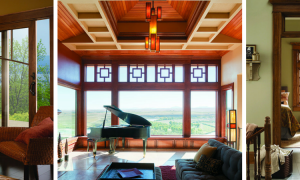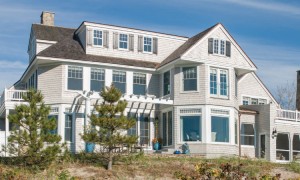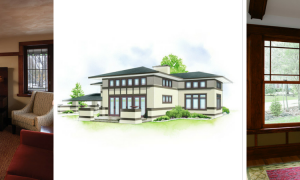Brought to you by Andersen Windows & Doors
Working to define and understand your home style preference is not a new practice for architects and their clients. To better appreciate the process, we asked Dale Mulfinger, FAIA, a few questions about how a home’s style takes shape. Mulfinger’s passion for architecture took him across the nation and over oceans before returning to Minnesota as a Founding Partner of what is now SALA Architects, Inc. His SALA portfolio includes modest remodels and additions, lakeside cabins, along with urban and rural homes from St. Paul to Buenos Aires.
Andersen Windows: What is “Home Style?”
Dale Mulfinger: The simplest definition would be the patterns, forms, materials and details common to homes in a specific region within a specific time frame.
Style is always an interesting subject for architects, because most believe their work to be the result of a process devoid of style inference. It’s not often until years later, when architectural historians look at several architects’ works, that the style is defined and named. One example is the Prairie Style in the Midwest: early 20th century designs from Frank Lloyd Wright, Purcell & Elmslie, and Walter Burley Griffith with Marion Mahoney could all be defined as Prairie.

A.W.: Have home styles changed much over the years? If so, how?
D. M.: Home styles change and evolve with shifts in public interest, lifestyles, and with inventions of new materials and products. The home of my post-World War II parents is different than that of my Generation X daughters.
In the 1950s, stay-at-home mothers wanted a home that spoke of status in the culture and a division of family vs. guest social space, thus the formal dining room.
The 21st century homeowners have little time for pretense, and desire an open space of family life with friends, centered on food preparation.
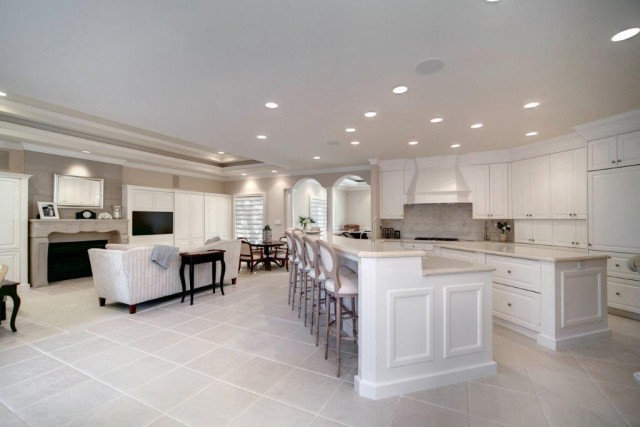
A.W.: What’s the best way to honor and keep a home’s style when remodeling or making a few improvements to a home?
D.M.: Although many new homes are created every day in America, the vast majority of Americans live in homes created several decades earlier. Many of these structures need updating for lifestyle changes, energy performance enhancement, or an increase in size.
Modest changes are best made in the style of the original structure, using materials and details for the creation of seamless transitions. Homes needing major changes are often altered to transform the house into a new style.
Over the past decade, SALA Architects has helped Andersen Windows develop the Home Style Library, a product guide for understanding how Andersen A‐Series windows and doors will fit the most popular home styles found in the United States. Through a variety of sizes, shapes, colors and trim options, windows project the character of a particular home style. Home-style guides help make style choices easy for both homeowners and builders.
We researched several references for this work and found the following books to be helpful; A Field Guide to American Houses by Virginia Savage McAlester American Shelter; An Illustrated Encyclopedia of the American Home by Lester Walker.
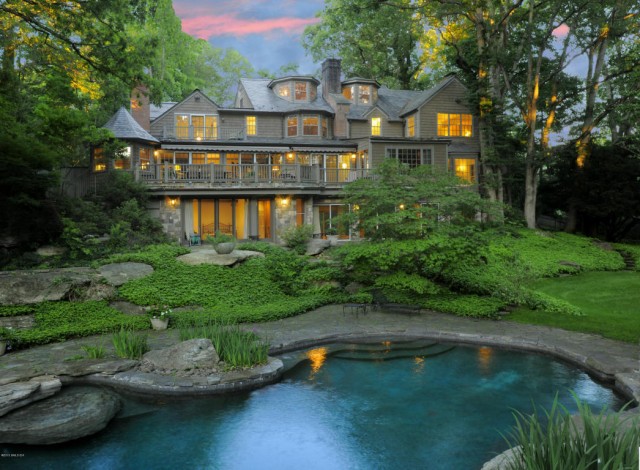
A.W.: When clients talk with you about building a new home, what’s the most popular style they connect with? Why do you think that is?
D.M.: More often than not, clients approach architects with a vast array of diverse goals and often without a specific style identified. Together, the client and architect may seek a style to blend with a neighborhood or to best reflect a desired lifestyle. A few adventuresome clients may seek an avant-garde design which might become be the new style of decades to come.




